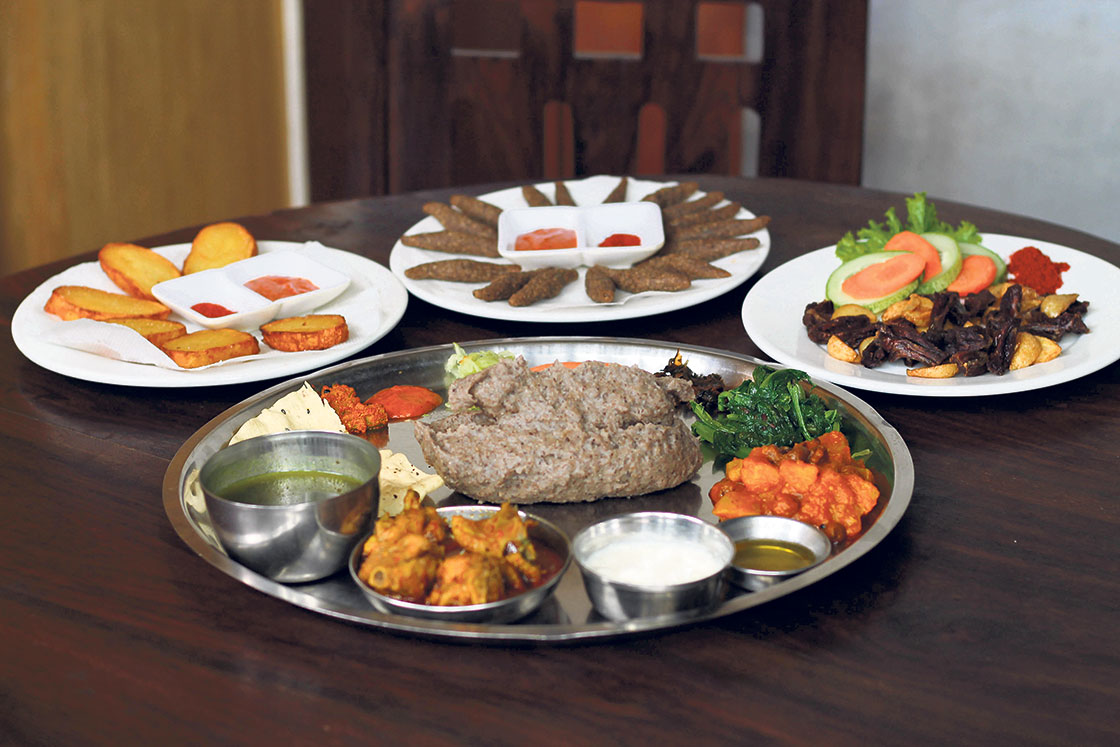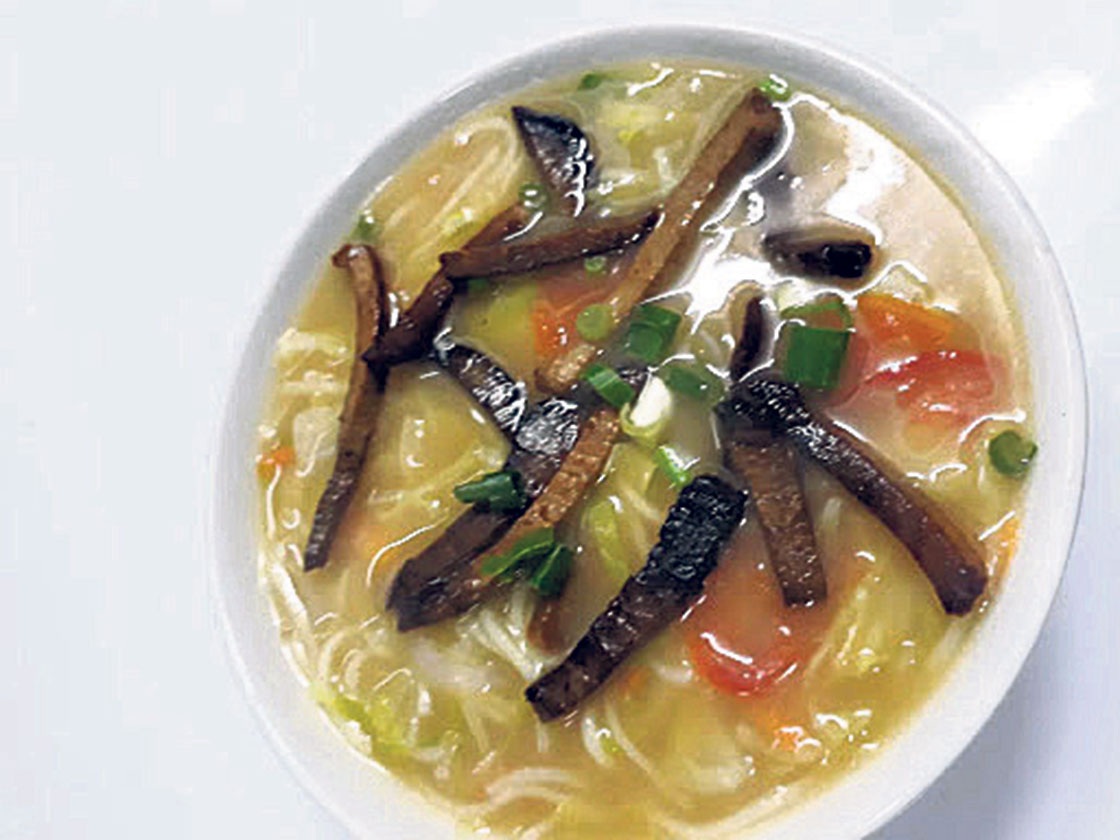CEO of Miss World Julia Morley talks about her COVID-19 speculation
4 years ago
_20200311200327_20200312135245.jpg)
4 years ago

4 years ago

4 years ago

Kathmandu has transformed into a melting pot of diverse cultural practices. The concentrated traditions of the entire stretch of Nepal has allowed an assortment of cuisines to find fame in the valley. Though renowned for the indigenous recipes of Kathmandu’s original inhabitants, the capital still flaunts a plethora of cuisines from the diversified cultures that have established their own prominence in the valley.
Each culture has their own ways of serving their signature dishes. We searched for culinary treasures in different parts of Kathmandu to find out about the original recipes and serving process of traditional dishes of various cultures residing in the valley.
NEWARI

Photo: Shahin Sunuwar Rasaili/Republica
There are lots of typical Newari restaurant serving an assortment of the rich cuisines in the valley. However, if you ask the connoisseurs of the authentic taste of Kathmandu, hands down, they’d declare tradition bhwye (Newari feast) as the undisputed champion.
Newari food is often served in two stages. The first stage – the snacks or samaya baji – is a light amalgamation of beaten rice, bara (lentil pancake), boiled egg, beans, spinach, and potatoes. Whereas, the complete feast has additional varieties of meat, and several soup and beans items, along with heaps of beaten rice. All in all, the latter is a two-course meal that ends with yogurt and some Indian desserts.
Usually, Newari food is served on leaf plates. The beaten rice is the centerpiece and the remaining dishes are lined around it.
And it doesn’t end just there. Newars have a reputation for being heavy drinkers. Their food is complimented with a generous servings of local aila (distilled alcohol) or thho (rice beer). Each variety of alcohol has a specific serving dish either made of clay or metal.
THAKALI

Photo: Shahin Sunuwar Rasaili/Republica
Thakali cuisines contain a large range of dishes like rice and dhido (a doughy corn-flour meal), kanchhempa (rolled dhindo marinated in a spice mix), grilled potatoes, sukuti (dried meat), and tortillas. Thakali dishes has its unique identity and requires an intecrate preparation technique.
The dishes of the Thakalis contradict the normal culinary practices. The inclusion of rare spices like jimbu (dried onion roots), and Sichuan pepper makes authentic taste more scarce. Though the dish has a vibrant outlook, additional colors are forbidden. Instead, the chefs use a blend of spices to give it its appealing color.
MARWADI

Photo: Shahin Sunuwar Rasaili/Republica
The Marwadi community is especially famous for their sweets. Their traditional platter flaunts varieties of sweets. Kheer (rice pudding) and haluwa (pudding made of semolina) are most common in this community.
Apart from sweets, steamed rice roti, daal and vegetable curries also make it to the serving tables during Marwadi dinner sittings. The Marwadi tradition requires every member to be a pure vegetarian, thus they do not consume any kind of non-veg products.
Marwadi food is served in brass plates. The meal is served by placing roti in the middle and then the remaining dishes like curry and pickles in the peripheral regions. Broth containing dishes like daal, ghee, and curd is served in separate bowls.
Food items like kachori, and samosa, are popular snacks of the community, whereas, sweet dishes like rabdi, balushahi, laddoo, halwa, kheer, and malpwa never fail to make their way into the culinary inclusion.
TIBETAN

Photo: Shahin Sunuwar Rasaili/Republica
Tibetan food has a wide influence across Kathmandu. The surge in its popularity among the city denizens has inspired numerous restaurants to include the taste of Tibet in their menu. Thukpa (traditional Tibetan noodles), thenduk (prepared by cooking homemade pasta with vegetables), chowmin, guthok, rildok, and Tibetan dumplings are the most common Tibetan food found in Kathmandu.
Unlike Nepali cuisines, these dishes do not have an excessive amount of spices. Also, the availability of the dishes as broths makes Tibetan food unique. Therefore, the sales go up during winter. The food is generally consumed using chopsticks.
Though there are numerous Tibetan cuisines, laphing has recently gained prominence among youngster because of the blend of spices found in this dish. They can be found in roadside stalls, mainly in Bauddha.
Leave A Comment